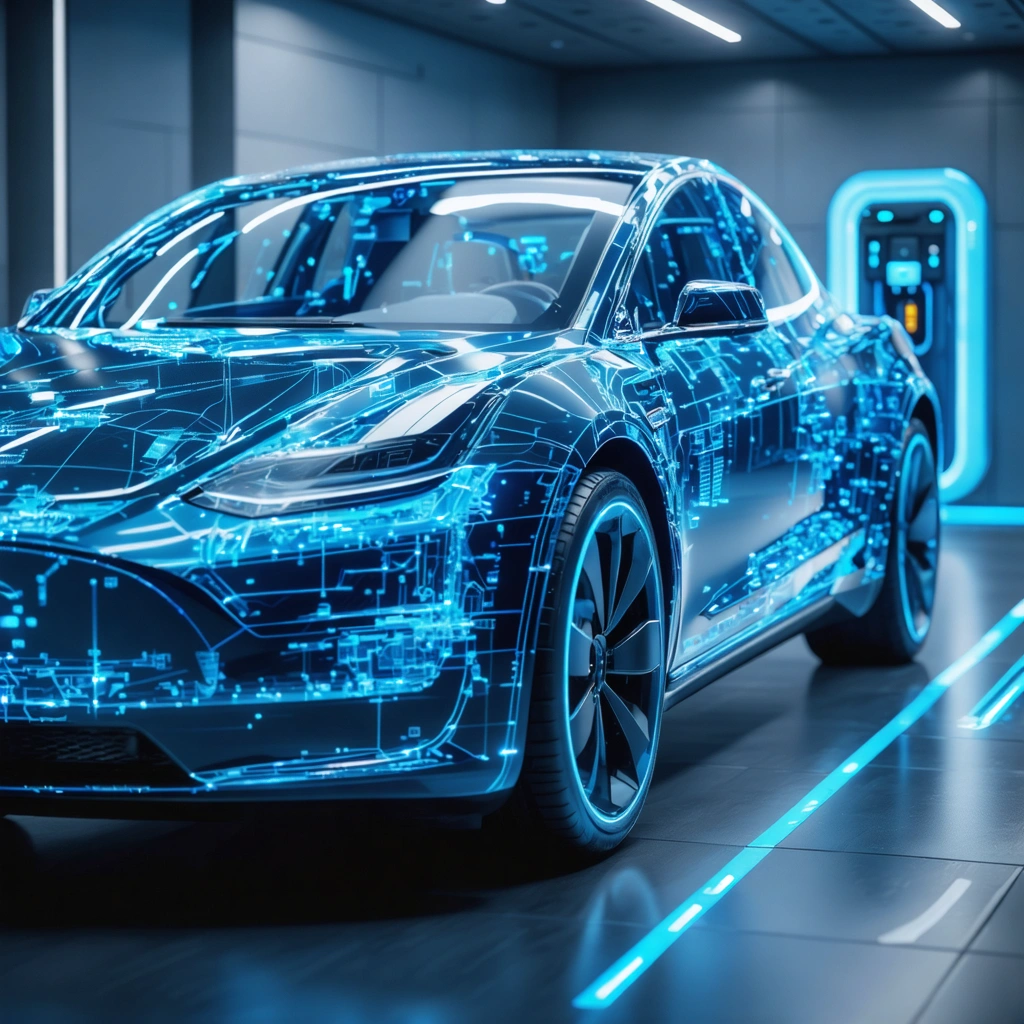
Introduction
The rapid growth of the electric vehicle (EV) market has necessitated innovative approaches to charging infrastructure. In a landscape where time, cost, and efficiency are of paramount importance, two strategies have emerged as frontrunners: battery swapping and buffered fast charging. Recent analyses have shown that battery swapping not only uses fewer batteries than buffered fast charging but also offers several operational and economic benefits. This article examines both methods in detail, discussing their technical and economic implications for businesses, fleet operators, and other stakeholders involved in EV deployment.
Comparative Analysis: Battery Swapping vs. Buffered Fast Charging
Understanding Battery Swapping
Battery swapping involves exchanging a depleted battery with a pre-charged unit at dedicated swapping stations. This approach minimizes downtime and bypasses some of the limitations associated with traditional charging infrastructures. Key characteristics include:
- Rapid turnaround times due to a near-instant battery exchange process.
- An operational model that requires fewer batteries, reducing capital outlay.
- Simplified management of battery health and system reliability through centralized charging facilities.
The efficiency of battery swapping as a cost- and time-saving measure has made it attractive to industries requiring a quick turnaround for extended EV usage.
The Role of Buffered Fast Charging
Buffered fast charging, on the other hand, relies on a battery buffer system to match a vehicle’s charge rate without delivering a full power surge directly from the grid. This method uses additional batteries to store energy temporarily, which can then be used to charge vehicles quickly. However, the additional components can lead to higher costs due to:
- Increased numbers of batteries required to provide the buffer.
- Complications associated with managing peak power demands and mitigating stress on the electric grid.
- Increased complexity in system design and maintenance, potentially elevating operational risks.
Consequently, buffered fast charging may entail significant upfront costs and technical challenges, particularly in scenarios requiring high throughput.
Economic and Operational Considerations
Cost Efficiency and Battery Utilization
One of the most compelling arguments for battery swapping over buffered fast charging is its ability to operate with fewer batteries. By returning a vehicle to a ready state with a quick exchange, the need for a large reserve of pre-charged batteries is diminished. This results in:
- Lower capital investment in battery inventory.
- Reduced costs associated with battery storage, management, and eventual recycling or replacement.
- Better overall energy utilization as each battery is used more efficiently over its lifecycle.
A lower battery count directly translates into reduced operational expenses while still meeting the high demands of fleet operations. Businesses can redirect savings to other critical areas such as maintenance, improved technology, and customer service enhancements.
Charging Infrastructure and Peak Power Management
Charging station peak power capacity is a major cost factor in both buffered fast charging and battery swapping models. However, the buffering method must have additional capabilities built-in to handle sudden surges, which can lead to more expensive infrastructure. In contrast, battery swapping stations can be designed with lower peak power requirements because:
- The load is distributed over a larger number of standardized charging units.
- The energy delivery mechanism is decoupled from the fast charging process.
- The recharge process for batteries occurs in a controlled, off-peak environment, further optimizing electricity usage and cost.
This decentralized approach to energy management offers businesses improved scalability and lower operational risks associated with power surges.
Future Prospects and Industry Impact
Technological Innovations Driving the Shift
Emerging technological advancements continue to favor the battery swapping model. As EV technology evolves, the integration of smart charging systems and Internet of Things (IoT)-enabled monitoring will play an essential role in optimizing battery life and performance. These innovations facilitate:
- Real-time monitoring of battery condition and performance metrics.
- Advanced predictive maintenance, which minimizes downtime.
- Enhanced energy management through data-driven decision making.
Investments in these areas ensure that battery swapping systems become even more efficient, supporting a faster return on investment and improved customer satisfaction.
Business Strategy and Market Penetration
The shift towards efficient battery utilization methods can significantly impact fleet operators and broader businesses investing in EV technology. As companies seek to reduce their environmental footprint while improving operational efficiency, the business case for battery swapping becomes even more compelling. Key strategic considerations include:
- Long-term cost savings by reducing the number of batteries needed per vehicle.
- Enhanced vehicle uptime with minimal service interruptions, boosting overall productivity.
- The potential for rapid scalability in response to increased EV adoption trends.
In competitive industries such as logistics, rideshare, and public transportation, these factors could lead to substantial strategic advantages and market differentiation.
Conclusion
Ultimately, the comparative analysis between battery swapping and buffered fast charging highlights a crucial consideration for the modern EV ecosystem: battery swapping uses fewer batteries while maintaining high operational efficiency. By balancing lower capital input with robust energy management and infrastructure cost savings, battery swapping presents a forward-thinking approach for businesses looking to optimize their charging strategy. The advantages of reduced battery counts, streamlined operations, and minimized peak power challenges make it a promising solution for both current and future EV deployments. With ongoing technological innovations and supportive business models, battery swapping is poised to play a transformative role in the evolution of transportation, providing a competitive edge in an increasingly electrified world.




